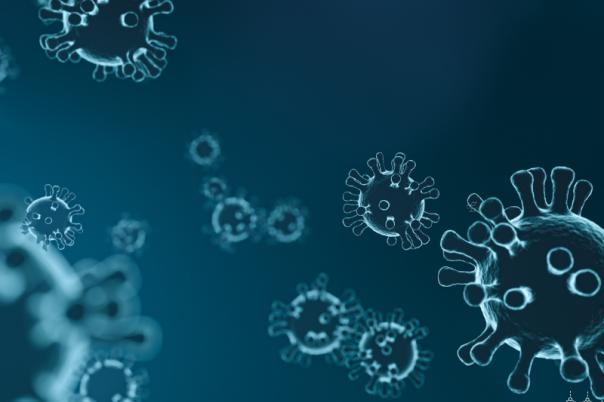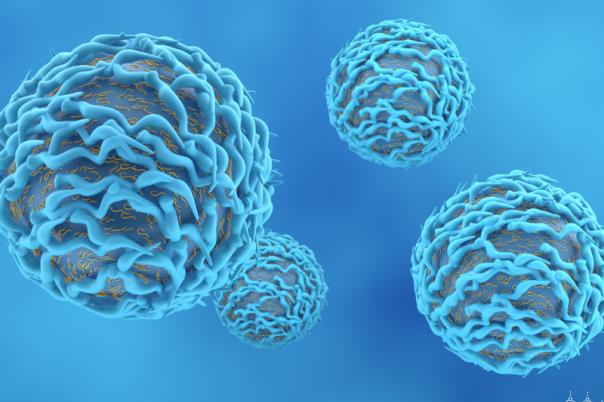The Predictive Safety Testing Consortium (PSTC) teamed up with the Foundations for the National Institutes of Health (FNIH) to analyse kidney safety biomarkers. Stefan Sultana, Renal Toxicity Expert at AstraZeneca, proposed the question why do we need kidney safety biomarkers in the first place?
He explained that conventional kidney safety measures can only detect injury when the kidney is significantly damaged. So, more sensitive biomarkers are needed to detect injury earlier, especially in patients with concurrent kidney disease. Alongside the PSTC and FNIH, the TransBioLine consortium communicates regularly with the FDA and EMA to figure out which biomarkers should be used, how they’re going to be used as a safety endpoint, which assays are required to measure them, and so forth.
Sultan explained that kidney safety biomarkers should not be used in isolation; they should be used alongside standard biomarkers so that if the standard biomarkers show an injury response, a negative biomarker panel does not negate the first one. He also stressed that non-clinical studies must show that these biomarkers function in a tox species before they are applied to a clinical setting to confirm that the toxicity observed is detected by the same biomarkers translated to the clinic.
The programme had an exploratory phase and a confirmatory phase. The exploratory phase included 81 healthy volunteers who participated in a simple sample collection programme to assess the variability of a panel of biomarkers. Other studies were conducted, one with cystic fibrosis patients receiving nephrotoxic antibiotics and another with cancer patients receiving high-dose cisplatin. The goal was to identify biomarkers that respond to kidney injury and compare them with control groups.
These studies led to the initial identification of 15 biomarkers. Out of 15 candidate biomarkers, six novel biomarkers were selected based on their response to injury in animal models and their ability to represent different parts of the nephron. These include clusterin, cystatin C, KIM-1, NAG, NGAL, and osteopontin. NAG and KIM-1 are injury cell death biomarkers, NGAL and clusterin are cytokine signalling response markers, and osteopontin and clusterin form part of the repair mechanism tissue for regeneration expression.
Sultan summarised future goals for the project: “The next stage will be to go into patient populations that have kidney disease as a primary indication because at the moment all the biomarker qualifications have been studies have been done in patients with normal renal function.”





